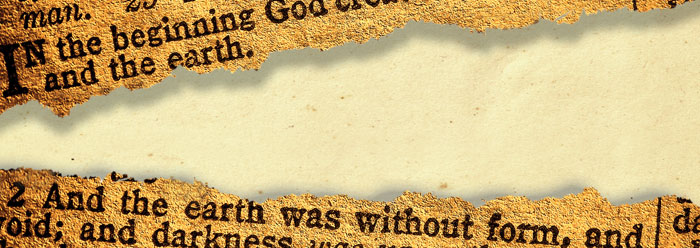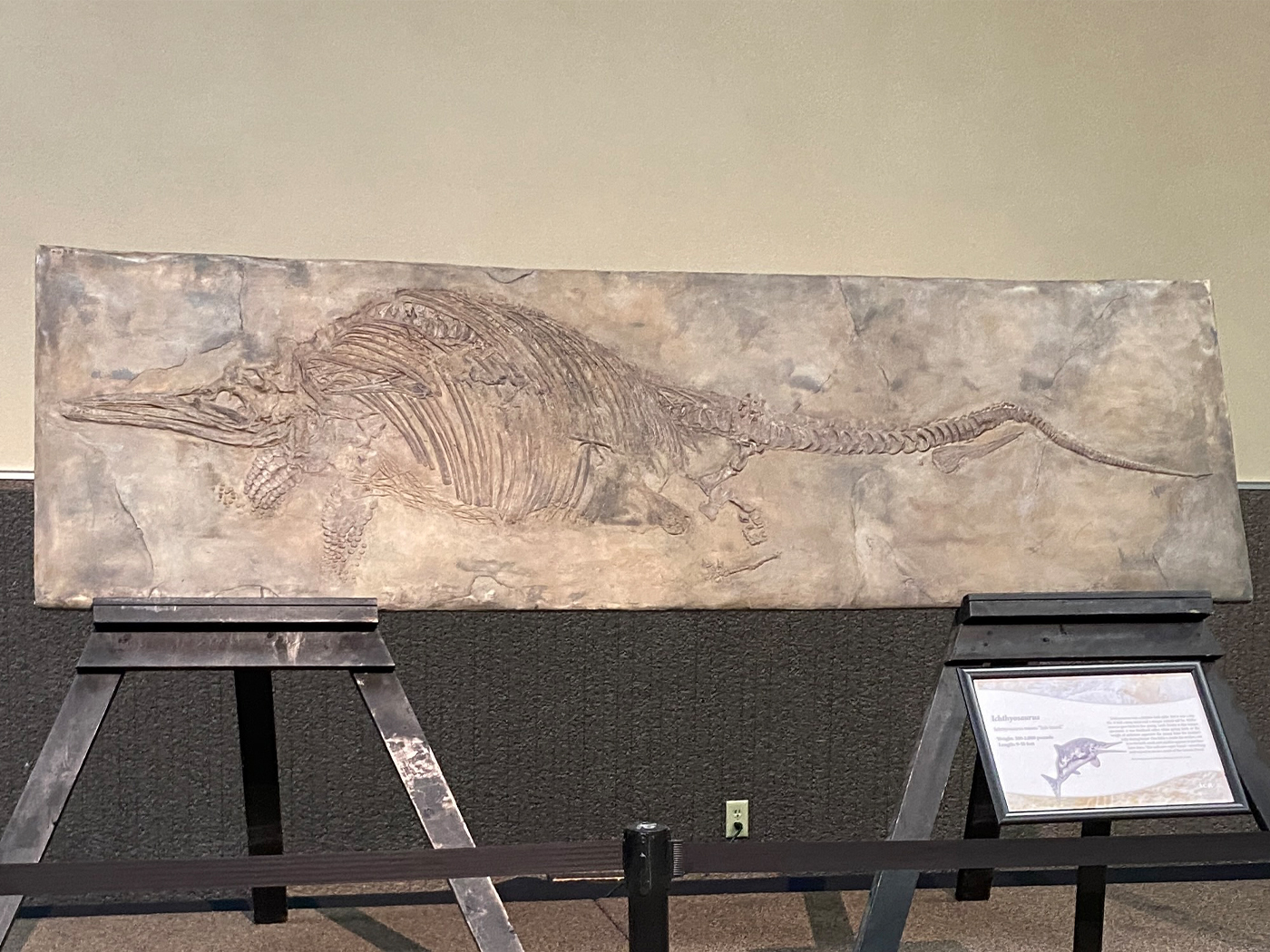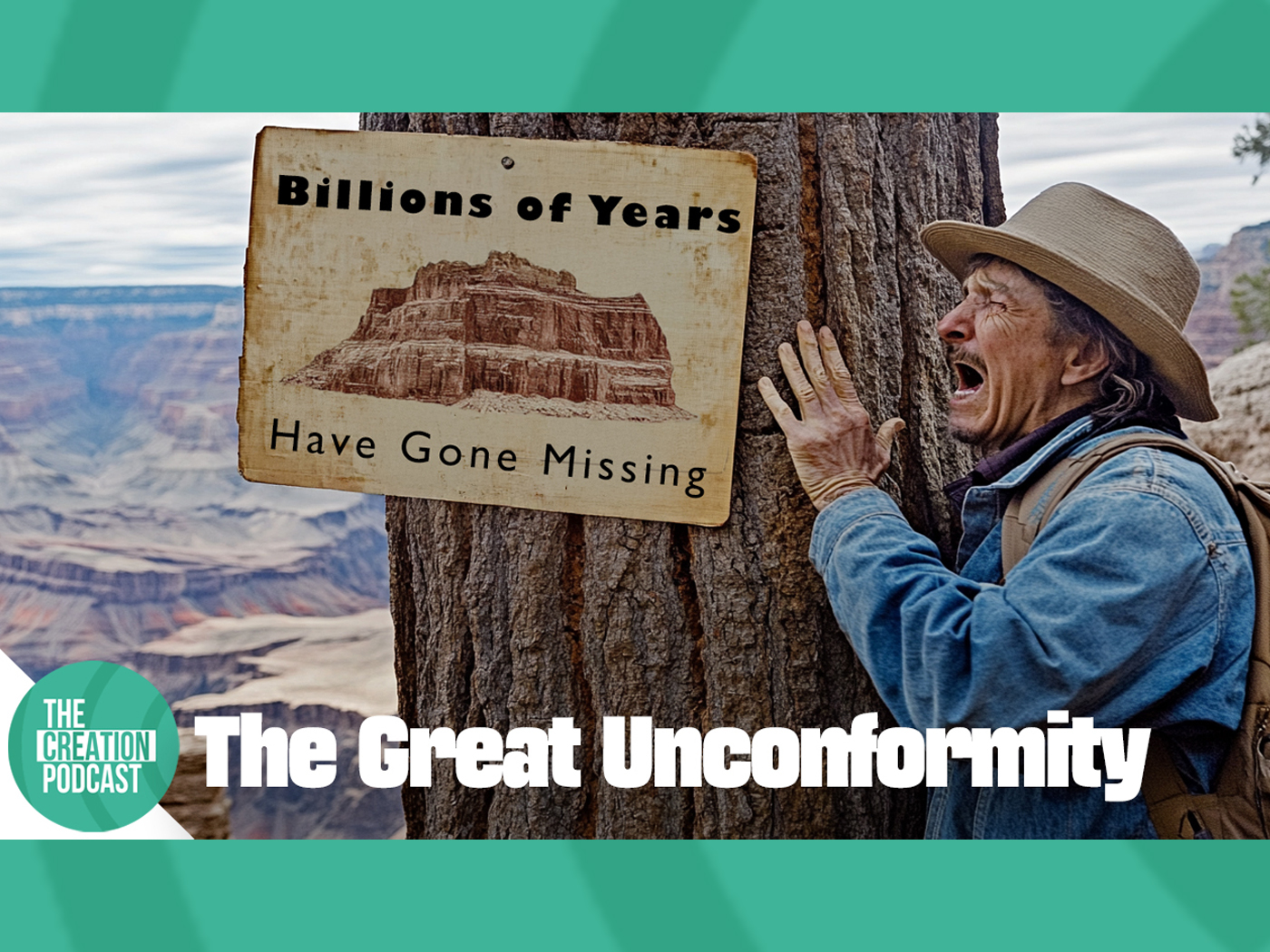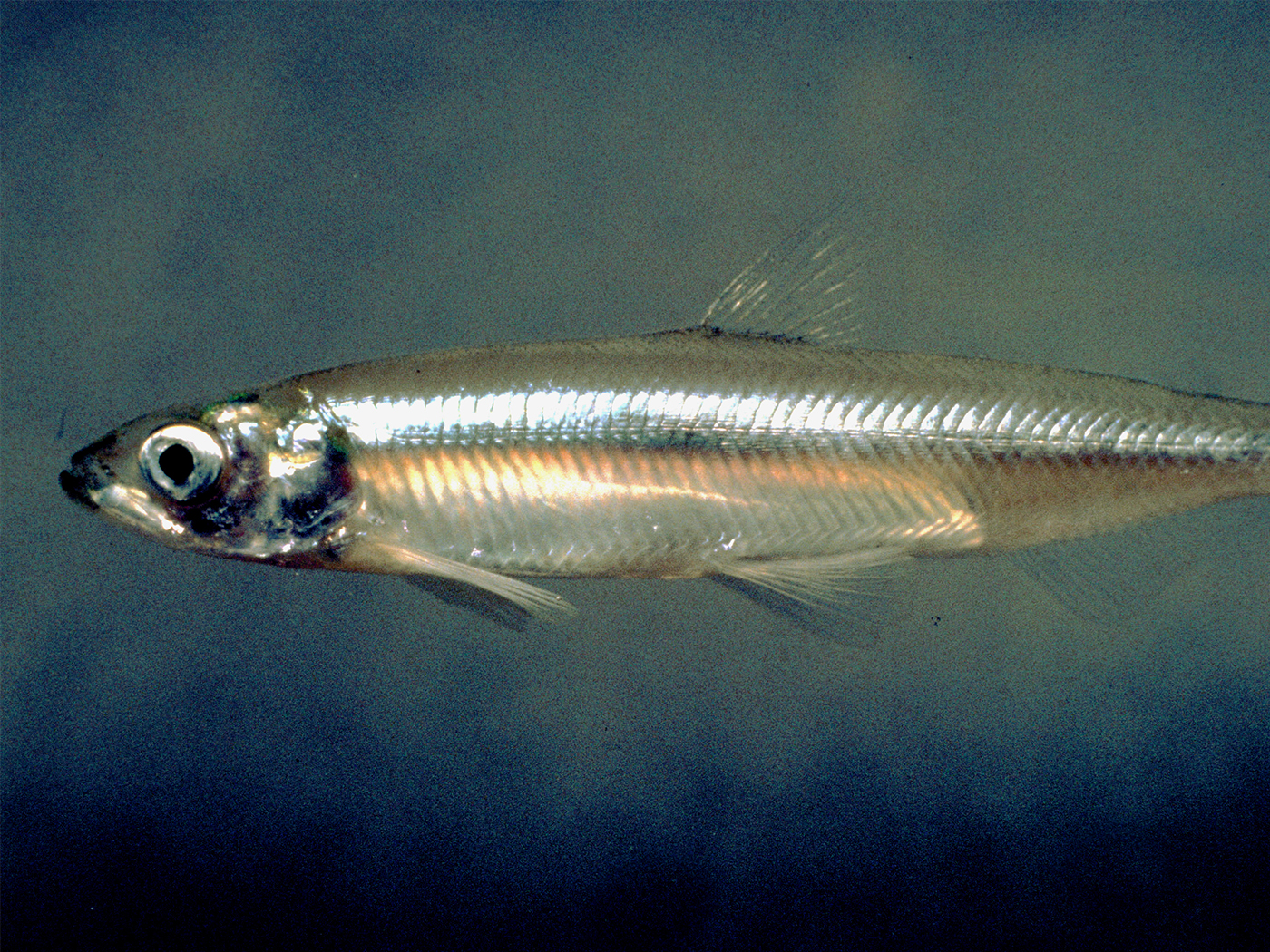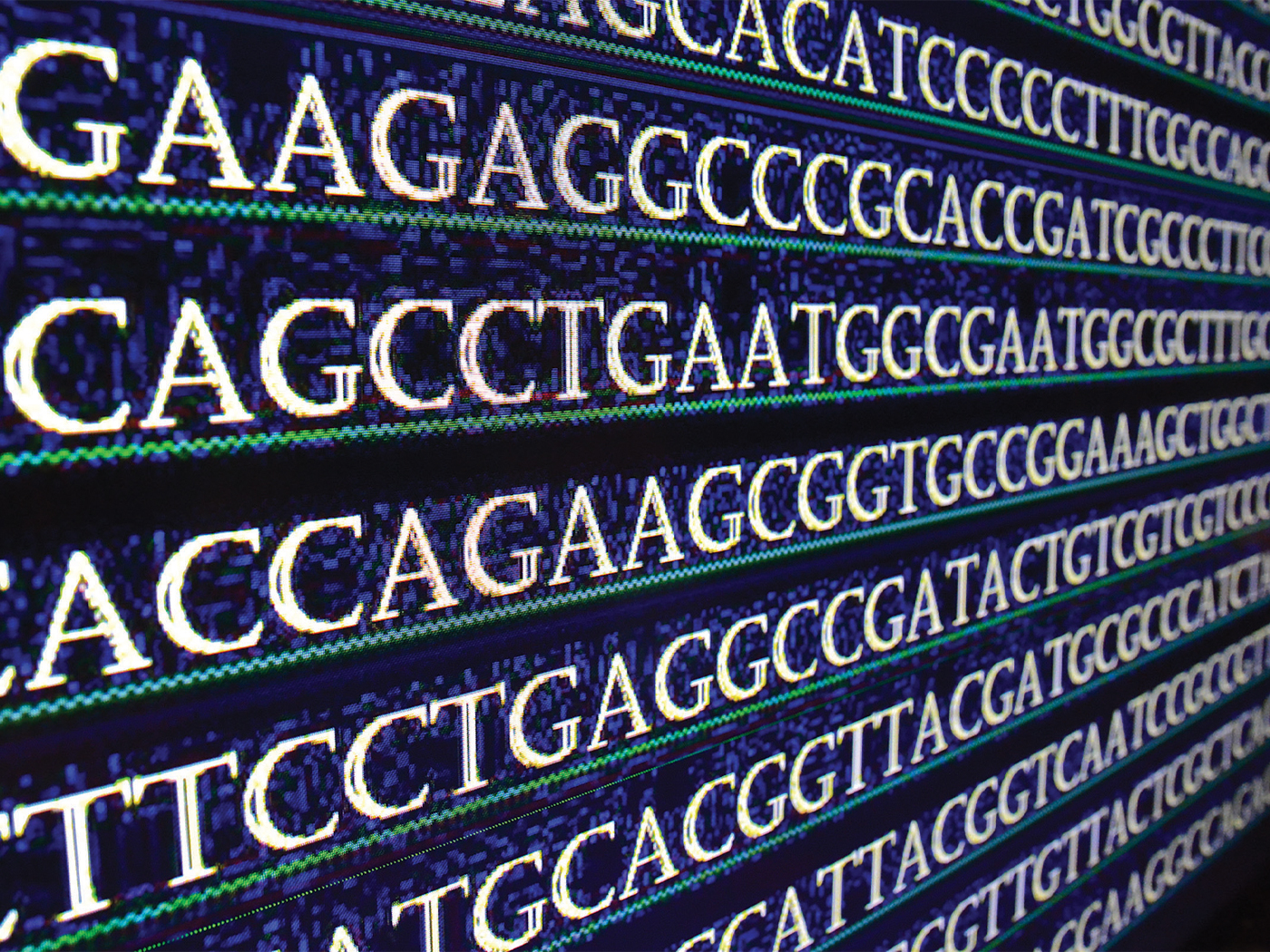The gap theory is a tragic approach to interpreting Genesis because it opens the gate for a Trojan horse, namely, imagined eons of time that contradict the cosmogony of Genesis.1, 2 This invites error and confusion about both cosmic and human origins.
Personal identity confusion can lead to a personal identity crisis.
Unsurprisingly, disorientation about origins leads to identity confusion—if you are confused about your historical origin, do you really understand who you are?
We are temporal creatures, living in space and time. A big-picture understanding of who you are now necessarily includes a meaningful understanding of where you came from before now.
Imagine the frantic crisis of Rosie Webel, a small girl lost in the big city of Salzburg, Austria, about five years after World War II ended—long before cell phones. To make matters worse, Rosie and her family were refugees, not native Austrians, fleeing from Communist-controlled Croatia. After many frustrated attempts, the war-weary family was trying to emigrate to America in hopes of permanently leaving behind their harsh experiences with German Nazis, Croatian Ustaše, and Russian Communists.3 But they faced a new crisis before they could board the transatlantic airplane: Little Rosie was missing! Rosie’s father recalls how the family searched for Rosie on foot because they had no other way to travel:
Then down, down, looking every street corner looking for Rosie, no Rosie. Somebody told us, go there, there, so so far, it’s far to that way, that way, and that is police station and probably they know something. And we came there, we looked in the door and there was Rosie among them and she right away [cried out], “Mom, what’s my name?”3
Rosie knew her name, of course—she heard it from her parents, brothers, and sisters every day. But her family was not with her, and Rosie had never been apart from her family before! Dislodged from her home, fleeing to a strange country, and now separated from her family—the only context for processing reality and having a sense of security and belonging—left her overwhelmed.
The Salzburg policemen’s many questions further rattled her. Who are you? What is your name and address? Who do you belong to? What street do you live on? What town are you from? Poor Rosie was completely confused and upset, even though the kind policemen gave her candies to calm her fears.3 Rosie’s parents always knew the answers to everything important in life, but they weren’t there, and the mix of alien surroundings and strangers disoriented her.
It’s a terrible thing to be confused about how you fit into the world around you. What is your proper place in the world? Where did you come from? To whom do you belong? Yet, amidst the ubiquitous flood of evolutionary ideas all around us, we, too, can be confused about our own origins. What is the big-picture truth about who we really are, where we came from, and whom we belong to? Although we might feel less frantic than little Rosie, we can still experience disorientation concerning identity if we disconnect from the authoritative family history that Genesis gives us.
God does not want us, His human creatures, to be confused about our personal identities or about our historical family origins. Part of our core identity is in knowing whom we belong to—so anyone alienated from his or her Creator will be terribly confused. Genesis provides personal identity information for each of us: who we are, where we came from, why we are here, as well as who God is, and how and why He created and redeemed us.
The gap theory invites confusion about human origins.
The gap theory, at its core, is an effort to insert a huge amount of time between Genesis 1:1 and 1:2, effectively inventing a verse that doesn’t exist in order to harmonize Genesis with the “deep time” postulated by both atheist and deist evolutionists.
The widest rift between science, so-called, and traditional Christianity is the controversy over the age of the earth….[The world] may have been revolving quite a while before Adam ever caught sight of it. There is room for all the geologic ages between the first two verses of the Bible.2
The gap theory attempts to harmonize Scripture and science like this: Creation week is recognized as a true week of six literal days of God’s work, followed by one literal day of God’s rest—yet eons of time elapsed before any of the creation week days. In short, the gap theory teaches that Day One was not really Day One.
But how does this idea measure up to the text of Scripture? The gap theory uses these assumptions: a) It is okay to have a literal creation week “after” the action described in Genesis 1:1; b) so, creation week does not include Genesis 1:1; c) therefore, God’s actions described in Genesis 1:1 may be read as taking countless eons of (pre-creation week) heaven-and-earth time.
This so-called solution to the creation-evolution problem demonstrates a failure to perform due diligence to recognize who is right and who is wrong. Yet gap theory proponents, after embracing deistic old earth notions in their theology, argue that their idea is biblical. But how can gap theory advocates argue from Scripture, especially Genesis 1, that they can legitimately lodge deep time between Genesis 1:1 and 1:2?
First and foremost, they argue that the Hebrew verb hayah is evidence that the earth qualitatively changed between the Bible’s first and second verses.4
Many gap theory advocates also imagine a pre-Adamite world.2, 5 But what does the Scripture say (and not say) about pre-Adamite “ruin” and “reconstruction”? Is there any legitimate basis for a gap of time between 1:1 and 1:2?
Do Genesis and Isaiah texts teach a gap?
Gap theorists believe that the phrase “in the beginning” (as used in Genesis 1:1) refers to the original creation that occurred sometime in the very distant past billions of years ago. The next verse becomes the key to their theory:
And the earth was without form, and void. (Genesis 1:2, emphasis added)
Gap theorists would translate this passage as “And the earth became without form and void.” They suggest that a formless creation means some kind of ruin, a change from “very good” to “wasted.”6 But should Genesis 1:2 say “became” (which denotes a change of condition) instead of “was” (which denotes a condition that continues the same as before)? Or is this verse translated accurately with the verb “was”?
In fact, there is no philological need to replace the English translation verb “was” with “became.” The Hebrew verb hayah, translated “was” in Genesis 1:2, is the normal Hebrew verb that means “to be.” This same verb is the etymological root of God’s special name YHWH (Yahweh, “He is” or “He who is,” emphasizing God’s unchanging being), as is confirmed by Exodus 3:14—“I AM THAT I AM” twice uses the verb hayah. God never changed; God can’t change. So why would He pick a form of hayah to be His own name, if hayah meant “change”?
Likewise, the Hebrew verb hayah appears in Genesis 2:18, when it is reported that it was “not good that the man [Adam] should be alone.” The English phrase “should be” translates the verb hayah (i.e., a simple active infinitive construct form of hayah), yet Genesis reports nothing to suggest that Adam’s singleness (i.e., as of Genesis 2:18, before God made Eve) was a “changed” condition for Adam, as if he was then alone after a previous marriage!
In some cases, a sentence using hayah can make sense whether it is translated as a form of “to be” or a form of “to become,” but it still appears that a form of “to be” makes better theological or historical sense in those contexts (e.g., Genesis 13:8; Judges 18:19; 2 Samuel 7:24).
As noted above, gap theory advocates say that the earth described in Genesis 1 clashes with Isaiah’s earth, positing Isaiah 45:18 as a proof text. In effect, they say Isaiah 45:18 clashes with the history reported in Genesis 1:2. This is the question they often pose:
In Isaiah 45:18 we are told that God created the world to not be formless (lô’ tohû), yet in Genesis 1:2 we are told that the world was formless (tohû). Likewise, we read in Genesis 1:2 that earth was “void” (bohû, meaning “empty,” i.e., empty of inhabitants), yet in Isaiah 45:18 it says God created the earth “to be inhabited” (a form of yashab, meaning “to inhabit”). How can both verses be true, unless they are describing different times in earth history?
Answer: These really are two different times. Genesis 1:2 describes Day One; Isaiah 45:18 describes (the “very good”) Day Six or thereafter.
Genesis is a chronological narrative reporting how and when God created stuff and what God did with it, sequentially, to implement His intentions for creation. Isaiah, however, emphasizes why God created stuff and later developed it: Because God wanted an inhabited, orderly world.
Thomas Chalmers’ gap theory, unbiblically and tragically, invited the Trojan horse of deep time (promoted by deists James Hutton and Charles Lyell) inside the Christian camp. In effect, Chalmers tried to invite “the gap” into the book of Genesis—but adding to God’s Word won’t work.1 Deist opinions are not needed to help us read what God directed Moses to authoritatively report about our origins.
Nothing within Genesis 1:1-2 or Isaiah 45:18 (or Exodus 20:11) justifies inserting a gap of geologic time into the six days of Genesis 1. Additionally, pre-Adamite races are unbiblical fantasies.5 The Bible tells us how we got here—its history of origins is perfectly reliable as is.
References
- The gap theory (“Ruin and Reconstruction Theory”) was championed by Thomas Chalmers in 1814. See James J. S. Johnson. 2011. Just Say No to Trojan Horses: Worldview Corruption Is Lying in Wait. Acts & Facts. 40 (2): 17-18, citing John C. Whitcomb and Henry M. Morris. 1961. The Genesis Flood. Phillipsburg, NJ: Presbyterian and Reformed Publishing Co., 91-99. See also H. Morris. 1997. Why the Gap Theory Won’t Work. Acts & Facts. 26 (11).
- Daniel, C. 1941. The Bible’s Seeming Contradictions: 101 Paradoxes Harmonized. Grand Rapids, MI: Zondervan Publishing House, 83-84, and foreword by Harry Ironside.
- Whiting, R. W. From Vinkovci to Medina, unpublished Webel family history, 98; and personal August 2012 interview with Rosie’s brother, Chaplain Robert Webel.
- The gap theory addresses other Scriptures; however, its logic heavily depends upon the verb “was” (in Genesis 1:2) being changed to “became.” See Daniel, The Bible’s Seeming Contradictions, 83-84.
- Some hold that pre-Adamite creatures populated the earth and were destroyed before Adam’s sin brought God’s judgment of death (Romans 5:12; 8:20-22). For one theistic evolutionist’s old earth interpretation of the Genesis creation story, see W. Demski’s quoted statements in James J. S. Johnson. 2011. Culpable Passivity: The Failure of Going with the Flow. Acts & Facts. 40 (7): 8-10, regarding pre-Adamite subhuman primates, death before sin, and a miraculous amnesia God supposedly used to cause Adam and Eve to forget “their former animal life.”
- Gap theorists say that Genesis 1:2 reports events that occurred billions of years after “the beginning” (of Genesis 1:1), i.e., after an unrecorded history dominated by pre-Adamite death and suffering.
* Dr. Johnson is Associate Professor of Apologetics and Chief Academic Officer at the Institute for Creation Research.
Cite this article: Johnson, J. J. S. 2012. The Gap Theory. Acts & Facts. 41 (10): 8-10.




